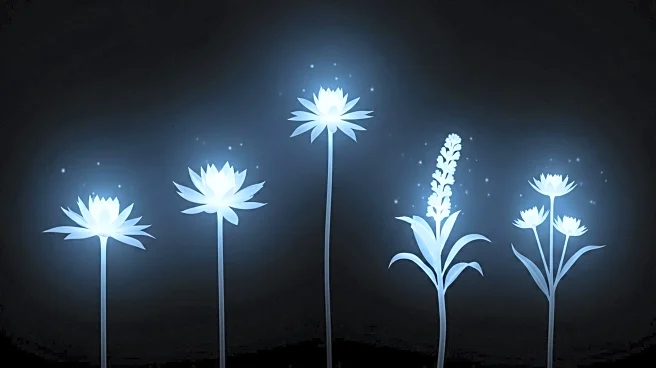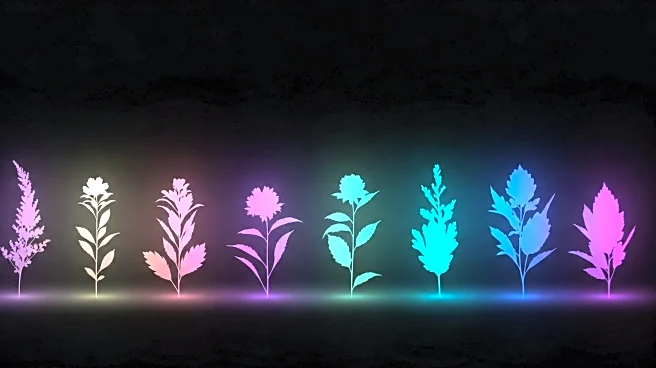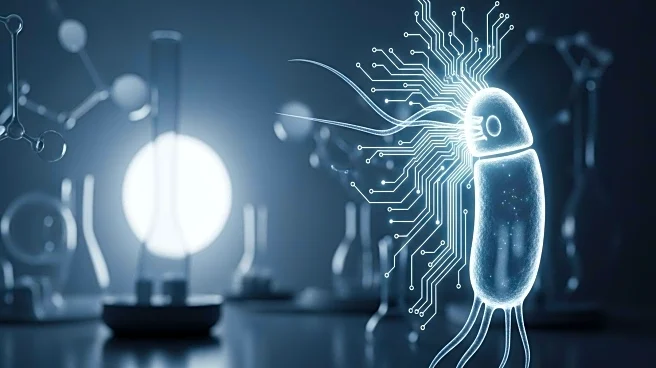What's Happening?
A team of Chinese researchers has created multicolored luminescent plants using strontium aluminate, a material commonly found in glow-in-the-dark toys. These plants, specifically the succulent Echeveria 'Mebina', can emit red, blue, and green glows, departing from traditional gene-editing methods that typically produce only green luminescence. The plants can be recharged by sunlight and maintain their glow for up to two hours after exposure. Despite the innovation, the luminescence is currently too weak for practical lighting applications, and safety assessments are ongoing.
Why It's Important?
The development of luminescent plants represents a potential shift towards sustainable lighting solutions, offering an alternative to conventional streetlights. If the brightness and duration of the glow can be enhanced, these plants could illuminate public spaces, reducing energy consumption. However, the current limitations in luminescence intensity and safety concerns mean that practical applications are still far off. The research highlights the intersection of biotechnology and environmental sustainability, pushing the boundaries of plant-based innovations.
What's Next?
Future research will focus on increasing the brightness and duration of the luminescence while ensuring the safety of the afterglow particles for both plants and animals. If successful, glowing plants could become a fixture in urban planning, providing eco-friendly lighting solutions. The scientific community remains skeptical, emphasizing the need for further technological advancements before these plants can replace traditional lighting systems.
Beyond the Headlines
The ethical implications of using inorganic materials in living organisms raise questions about the long-term effects on plant health and ecosystems. As researchers continue to explore plant-based lighting, considerations around biodiversity and ecological balance will be crucial. The cultural impact of integrating glowing plants into everyday environments could also influence public perception of biotechnology.











